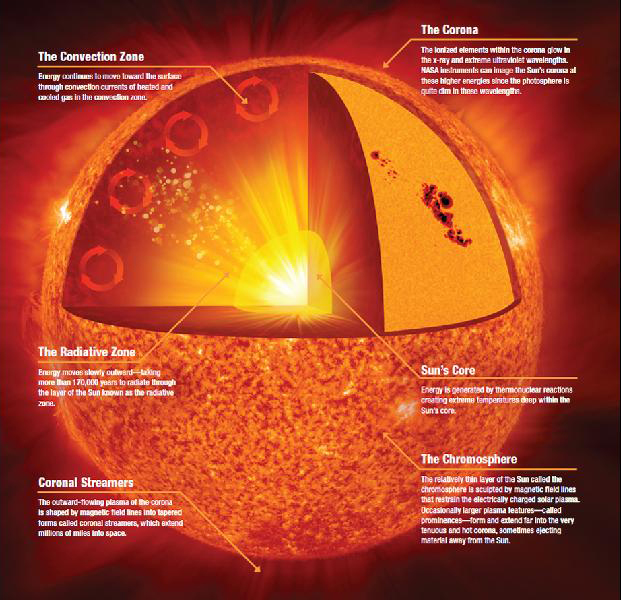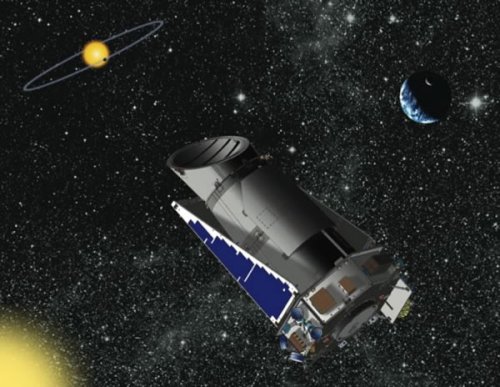|
|
|
|
Last Updated: Monday, 29 August 2022
|
|
|
|
|
|
Summary
| |
|
|
Expertise in stellar evolution and asteroseismology was combined to improve the understanding of the physics in stars,
such as our Sun, using data from space-borne and ground-based instruments. Seismic diagnostic techniques were used to
analyze data from sound waves travelling throughout a star, in a similar way as geophysicists use data from earthquakes
to get information about the internal state of the Earth.
| |
|
 |
|
New seismic diagnostic techniques were developed for measuring stellar properties with high accuracy,
such as the depth of the surface convection zone, stellar age and chemical abundance, of the Sun and
of stars similar to the Sun. One of the main results of this research work is that, with the help of
our newly developed seismic diagnostic technique, the determined seismic solar age is 4.60 ± 0.04 billion
years, which is similar to, although somewhat greater than, today’s commonly adopted values. We also
determined seismically the solar surface heavy-element abundance by mass, 0.0142 ± 0.0005, which is
substantially smaller than the value used in standard solar modelling, but it is similar to, though
by about 6% larger than, the value reported by other research groups using numerical simulations of
the solar atmosphere. The results of this study are of great importance to other fields in astronomy,
such as the chemical evolution of the Galaxy, and hence of the Universe. The consequences are bound
to elevate to new heights the sophistication of the theory of the evolution of stars, the backbone
of theoretical astrophysics.
|
|
 |
|
Furthermore, a model for stellar convection was generalized to a nonzero background flow, with the
principal motivation of studying nonradial oscillations of stars with turbulent convection zones.
The most important outcome of our extended convection model is that the nonzero background flow
reduces the magnitude of the heat flux, generating a component perpendicular to the temperature
gradient in the direction of the flow; it also modifies the diagonal components of the Reynolds
stress, and generates off-diagonal components. This result is of immediate importance to stellar
pulsation mode physics. The reduction of the heat flux in a background shearing flow will affect,
for example, the oscillation amplitudes in solar-type stars, which are now measured with high
accuracy using NASA’s Kepler satellite.
|
|
 |
|
The outcome of this project also helps to determine with higher accuracy some of the key properties
of planets around stars outside our solar system, now detected with NASA’s exo-planet mission Kepler,
such as the planetary radii, and whether or not the planets are capable of sustaining life.
|
|
|


